Mangroves are the bridge between the land and sea – providing a unique habitat that is crucial for many species. Their particular ecology from existing in two worlds means that they provide both an abundant habitat for land animals, as well as an ideal nursery and refuge for many marine species. Many kinds of birds nest, roost, and feed in mangroves. And they’re not alone. In the canopy, ants, spiders, moths, termites, and scorpions feed and nest in hollowed twigs. Monkeys, snakes and lizards crawl along tree limbs. Frogs cling to bark and leaves. Crocodiles laze in the salt water. Some creatures are found nowhere else but in mangrove forests.
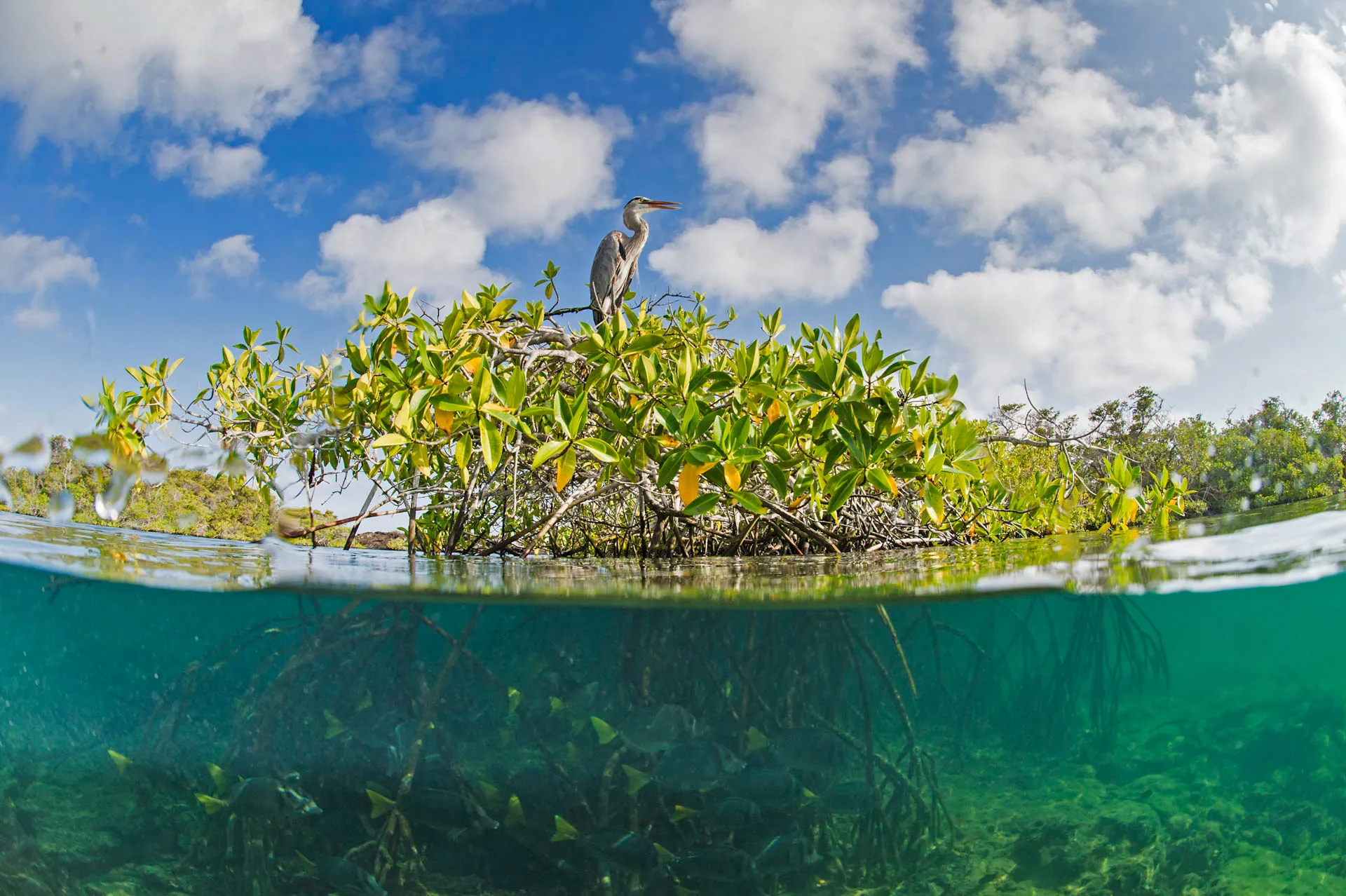
Called the ‘Dutch monkey’ in local language due to their large nose and pot belly, these odd looking monkeys are only found on the island of Borneo, an island shared between Indonesia, Malaysia and Brunei. Proboscis monkeys are one of the few species known to directly eat mangroves, such as the leaves and unripe fruit of the Sonneratia alba tree. Their multi-chambered stomachs allow for the digestion of tannin rich foods. They have adapted to become one of the best primate swimmers, with webbed feet and hands, to help them outpace the crocodiles that wait for them in the waters they frequently cross. Although protected from hunting, the species was moved to the endangered list due to habitat loss from human encroachment and land use. In Borneo, mangrove forests continue to be turned into shrimp ponds.
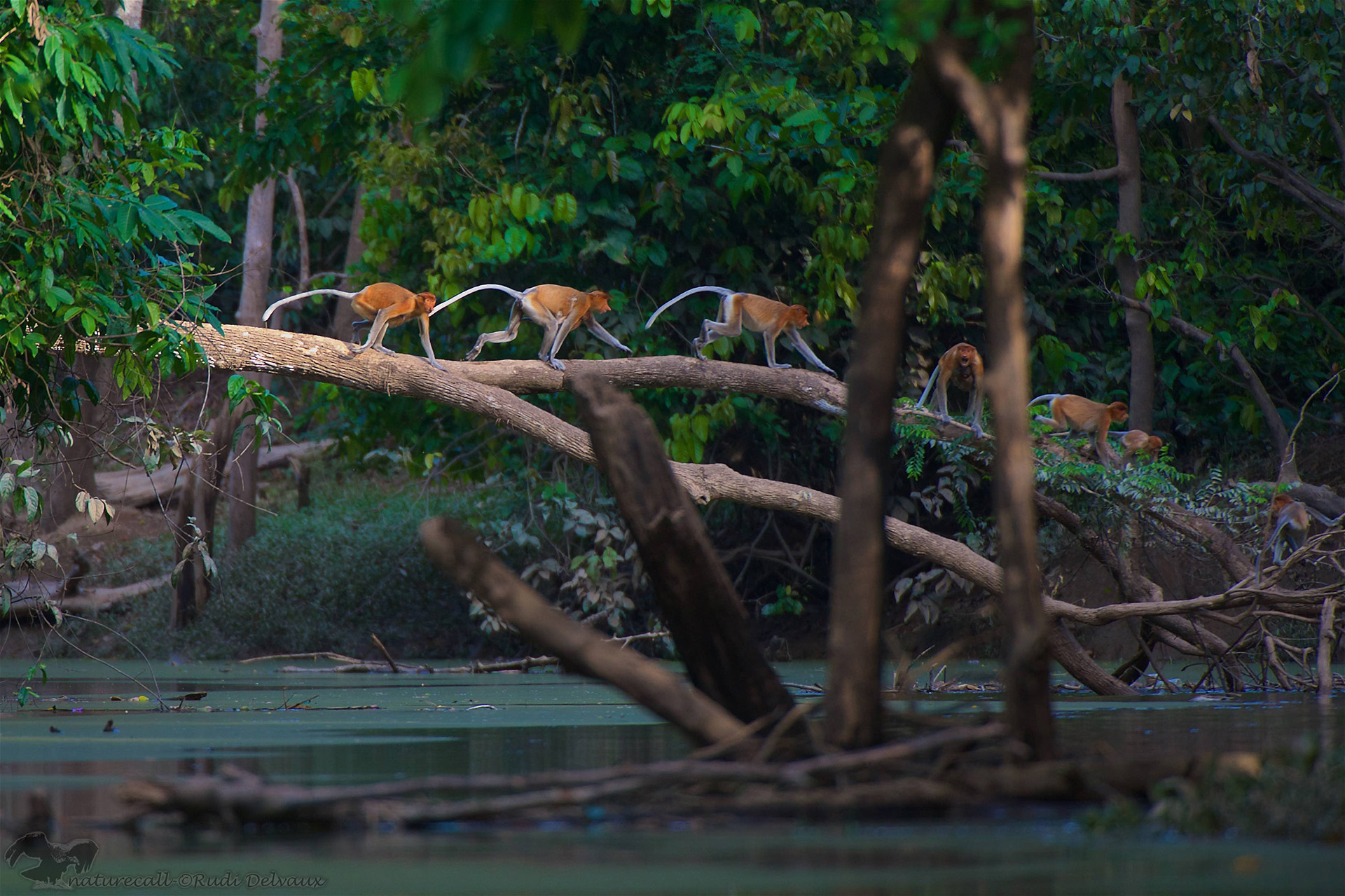
The Danau Girang Field Center in Malaysia has helped scientists discover more about the diet, movement, and social dynamics of this monkey. Through their research the centre develops species specific action plans and land management plans for Sabah’s (the Malaysian part of Borneo) tropical forests. If you would like to support the DGFC and learn more about their research and projects visit them here.
Most penguins live their lives amongst snow and ice. The Galapagos penguin, however, has chosen a warmer lifestyle. It lives the furthest north of any penguin species, in the islands of the Galapagos. Instead of diving among icebergs, these small penguins zig-zag up to 35 kph around the islands and through mangrove lagoons, chasing small fish. Most penguin species are limited to only one breeding season, but not the Galapagos penguin. The tropical climate and mangrove forests have provided the ability for the penguin to breed all year round, often two or three times. As the parents rotate incubation shifts on their eggs, the nutrient rich waters among the mangrove forests provide easy hunting grounds for the tired and hungry parents. Sadly there are only around 2,000 Galapagos penguins left as climate change affects where they can find food and where they can nest. The destruction of mangrove forests and warming sea temperatures have detrimental effects on the population as penguin parents have to search harder for food.
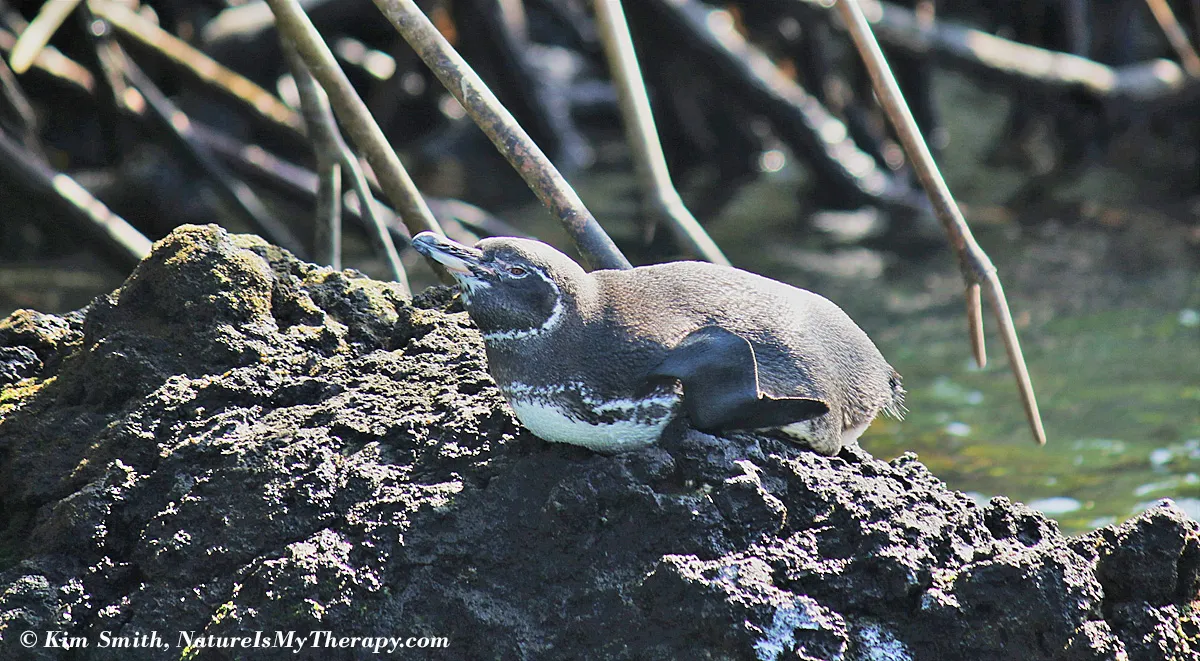
If you would like to donate to help with the conservation and sustainability of the Galapagos islands, please visit the Galapagos Conservation Trust here.
These massive gentle giants are not a typical organism that comes to mind when thinking of mangroves, but they provide essential nourishment for plankton bloom, which attracts whale sharks. These spotted sharks spend their lives slowly migrating at around 5kph near the surface of the ocean. Very little is known about where these massive fish breed. They grow up to 18 meters by syphoning thousands of gallons of water in an effort to fill up on tiny plankton. It is the plankton that brings whale sharks into contact with mangrove forests. The plankton love nutrient rich, warm water and flock to areas of high river output through areas like the mangrove forests in Donsol Bay, the Philippines.
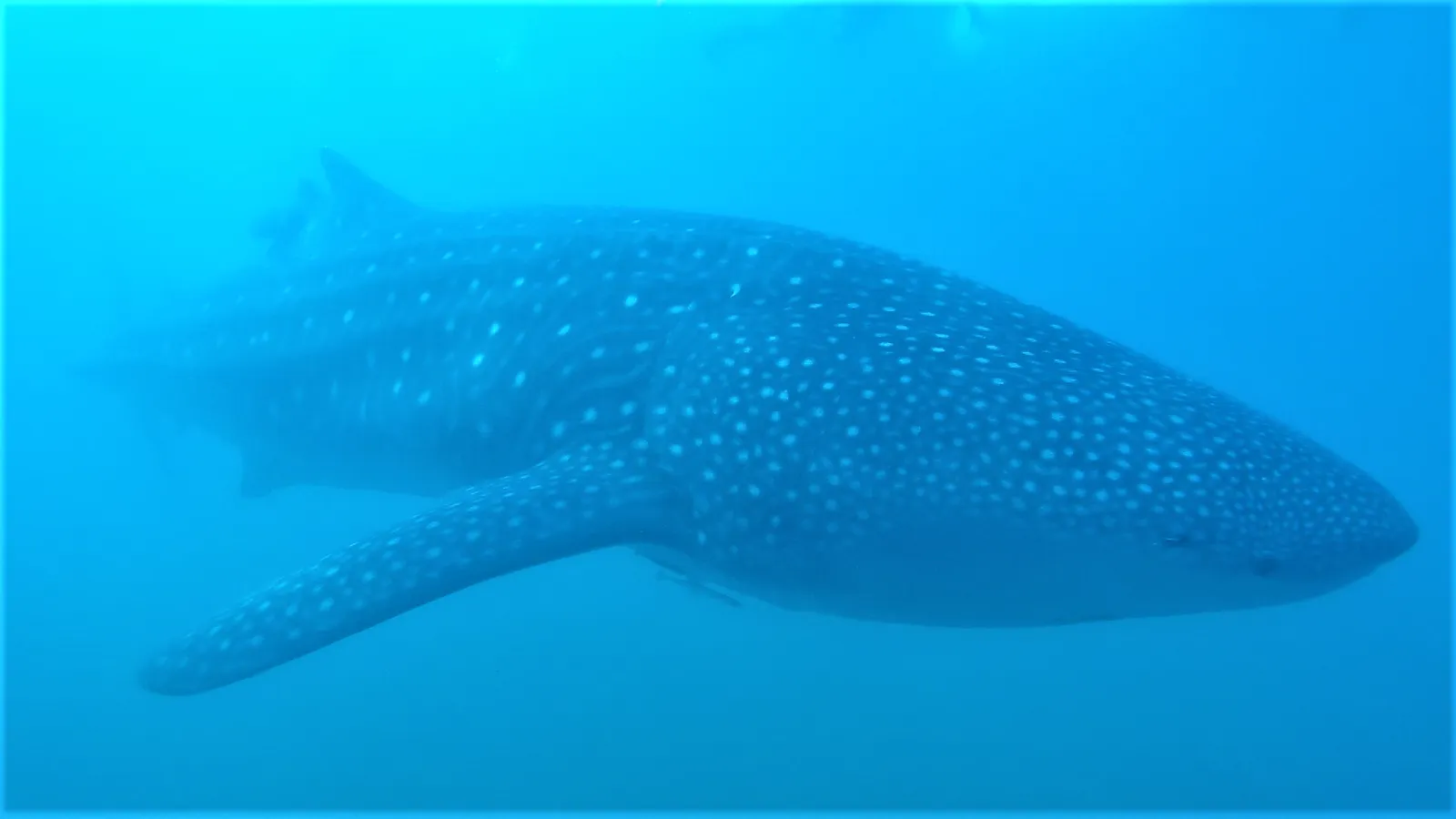
Donsol Bay is known for hosting one of the largest gatherings of whale sharks, including some that have made the bay their forever home. In 2019, WWF experienced almost a forgotten miracle that has given people hope. In 2019, in a population survey around Donsol, 104 new individuals (including pups) were counted. This is exciting news for the population of Philippines whale sharks, as it has been years since anyone has seen this many new sharks coming to the plankton rich waters. Since 1998 the WWF-Philippines has worked in Donsol to develop a Community-based Whale Shark Ecotourism Program to sustainably manage interactions with the whale sharks and gain information on the local whale shark population.
To help the economy of the Donsol communities, you can adopt a Whale Shark here from the WWF, or donate directly to WWF-Philippines here.
Known as ecosystem engineers, fiddler crabs are the gardeners of the mangroves. Underneath the forests a whole city of burrows can be found full of crowds of tiny fiddler crabs waving, fighting and dancing daily. Fiddler crabs are easily recognizable as the males have one giant colourful claw. This massive claw is used in battle against other males to protect or steal burrows. The eye catching claw is also used to romantically wave down females and entice them to choose that male as a mate. Fiddlers are incredibly social crabs and have been found to coexist with fiddlers of different species, and even form neighbourly relationships with each other. These male neighbours (called ‘dear enemies”) work together to repel intruders from each other's burrows, thereby allowing more time to wave down potential mates. Though this coexistence is interesting to see, it can be a result of habitat loss as more fiddlers have to crowd in together to find resources in these small cities of burrows.
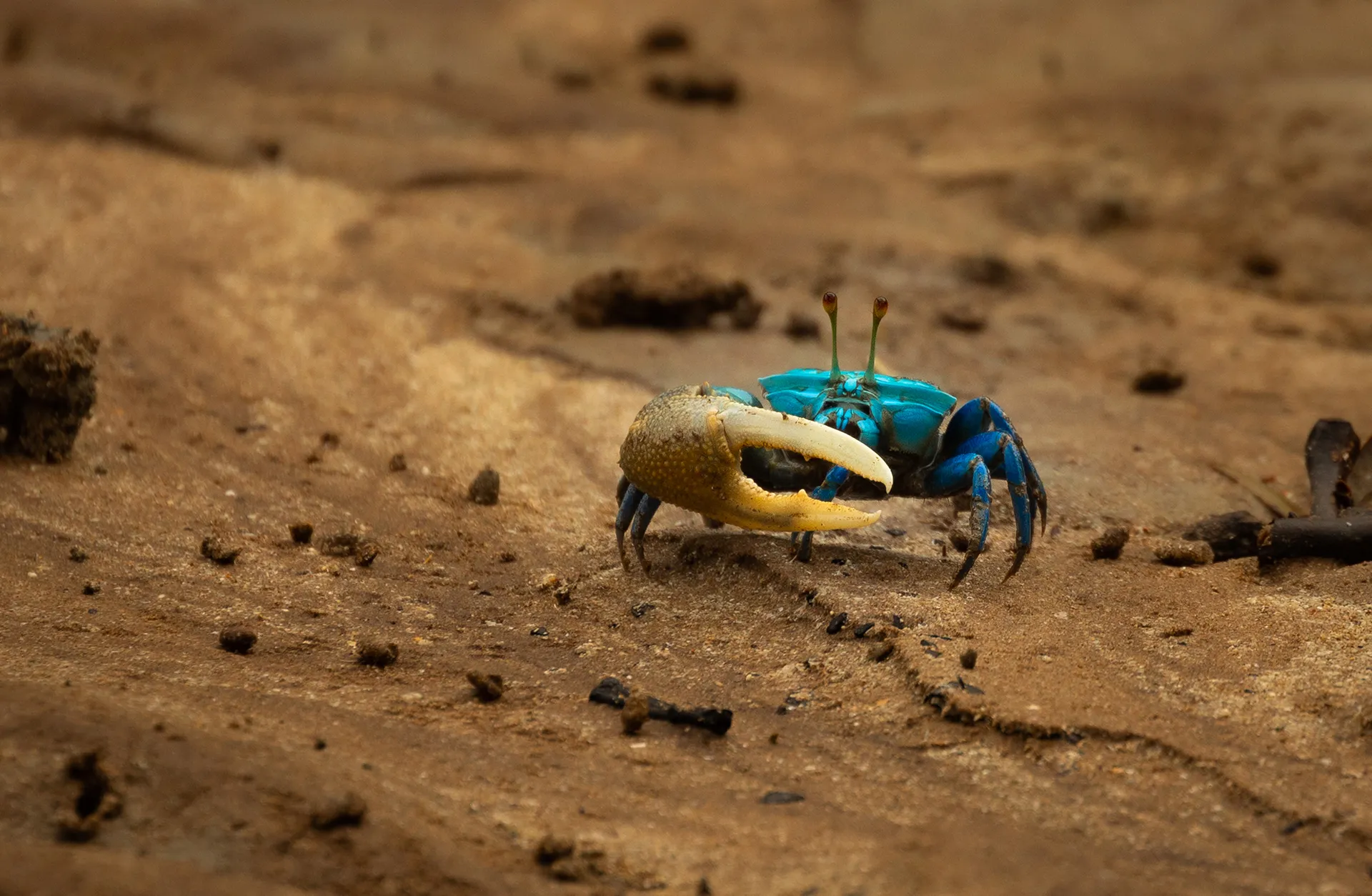
Marine bioluminescence can be an enticing and magical natural event. In South East Asia, this bioluminesce extends upwards into mangrove trees thanks to fireflies. Male fireflies gather among the leaves of the mangroves creating synchronous otherworldly displays of light in an effort to attract females. Though mesmerizing as an adult, larvae fireflies are brutal hunters. Swimming in the brackish water among mangrove roots, they will enter the shell of a mangrove snail, paralyze it with a toxic injection and then devour it. As firefly viewing has grown in popularity as a tourist attraction, many communities are trying to find the balance of economically benefiting from the tourism, while also ensuring the long-term survival of these dynamic beetles.
%2520(1).webp)